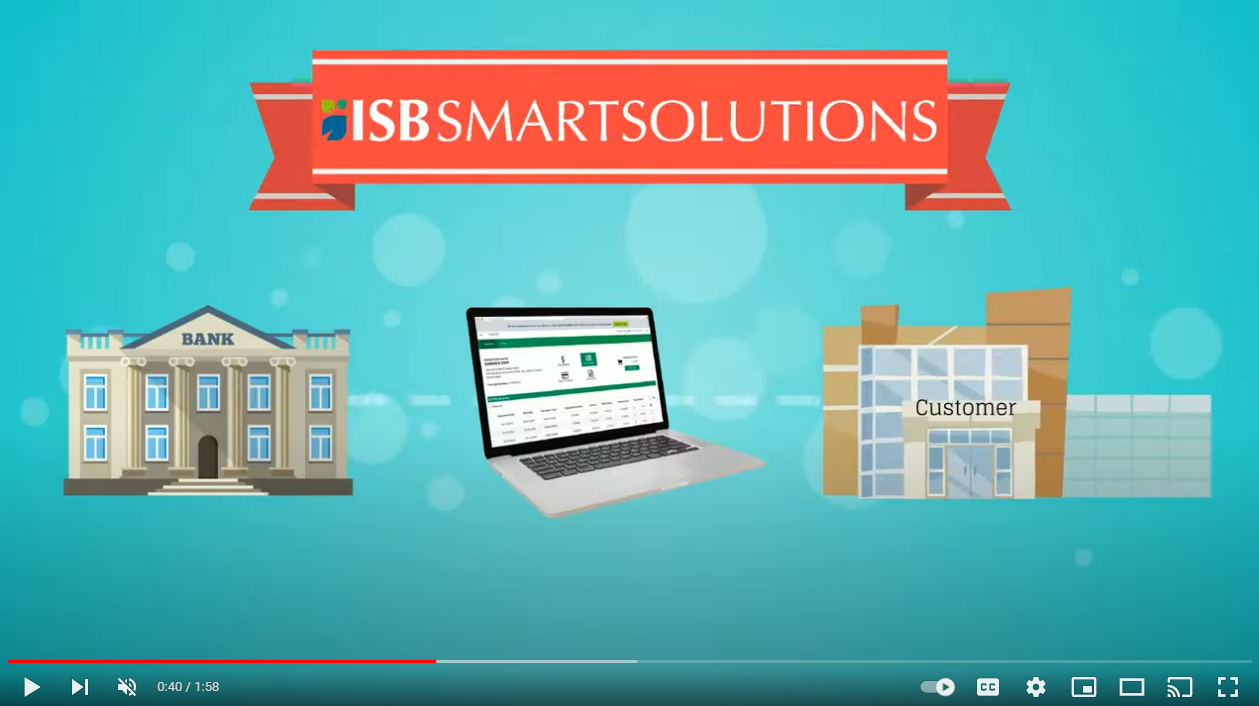What is the true cost of technical debt? Pritesh Pattni What’s the true cost of technical debt? Technical debt comes in a variety of guises, and occurs for many different reasons. However your tech debt is accrued, it has a future cost for your business – both in terms of the operational impact on your business, and the cost of getting your tech into a better position. We’ve talked in other articles about the seven main types of technical debt. The reasons that software developers can create technical debt will vary – and they will be different for each type of debt. These include: Prioritising speed over accuracy – sometimes, this is done in the knowledge that technical debt will occur. Developers and project leaders decide that it’s more important to release software quickly than to make sure it’s perfect. In some cases, there is a plan to manage software updates and releases to deal with that debt, but in others, teams simply take the hit without having a plan to improve quality. Lack of clear communication or collaboration – this often happens when more than one organisation is working on the software. For example, part of the development work may have been outsourced, but without the details of requirements, testing or outcomes fully explained. But it can also happen internally, particularly with larger teams, and this can have serious consequences for customers and users. Pressure to go to market – this can be particularly prevalent in traditional hand-coding projects, which often take longer because they require more people and use slower processes. Software is a highly competitive market, and success can be entirely down to getting your product to market ahead of the competition. But in the rush to get to market, project managers or senior leaders in the organisation may put developers under pressure to cut corners, reduce testing or remove features. The product gets to market first, but doesn’t have the quality it needs to achieve a market-leading position. Learning ‘on the job’ – this can happen when developers are working with a new system, language or database. There is often a significant learning curve, and so things may be missed, or incorrectly coded. This will result in technical debt, but it also improves the capabilities of the development team and they will build the knowledge they need to improve the software in the future. For organisations, getting into technical debt also happens for a variety of reasons. When you combine these with the software development technical debt issues, you can see that one can compound the other. Organisational technical debt can occur where: Fast solutions, not best solutions – as organisations grow, they need more technology. Often, this technology is critical to the next stage of growth, so there isn’t the time to evaluate the options properly. This leads to solutions being implemented that solve the immediate problem, but are not scalable or adaptable. Cost-cutting – any technology vendor will tell you that many organisations place the cost of a solution at the top of the priority list. So businesses will often end up with a solution that was cost-effective at the time of purchase, but becomes increasingly inefficient and ineffective as time goes on. That initial saving often turns into a long-term cost. Legacy systems from business change – when organisations merge, or a smaller organisation is acquired, it can lead to issues with legacy systems. Although this is often taken into consideration operationally, businesses may not assess the full cost of the technical debt caused by opting for one system over another. The true cost of technical debt will vary from company to company. But we’ve highlighted this example from a McKinsey report on technical debt because it illustrates just how quickly it can build, and the strategic cost it can have. “A large B2B business faced an agonizing quandary: its leadership team was considering dozens of modernization initiatives that could bring a $2 billion margin expansion opportunity. But 70 percent of them depended on technology that would cost a staggering $400 million—much higher than expected. The reason for such a high price tag? Its tech stack had become massively complex after years of building quick workarounds and one-off solutions to favor speed over good design for the long term.” What this shows is that organisations shouldn’t wait to assess their technical debt. They should start to look now at what is working and what isn’t, and find a low code development partner that can help them get back in the black. Why low code? Because it transforms the way that developers work, producing more cost-effective, flexible and scalable applications that work with the organisation, not against it. At ISB Global, we are a proud OutSystems partner. OutSystems is a globally-leading low code platform that delivers secure, efficient and versatile software to meet any challenge. Just get in touch with us today to find out more. Recommended Posts The synergy of design, code, and development The synergy of design, code, and development Pritesh Pattni The synergy of design, code, and development Like all disciplines, digital development works best when all the various elements are used… Read More Is your software future-proofed? Is your software future-proofed? Pritesh Pattni Is your software future-proofed? As we move rapidly towards full digital transformation, businesses are relying on a raft of software solutions to help… Read More An evolutionary approach to software engineering An evolutionary approach to software engineering Pritesh Pattni Evolution. The gradual development of something to make it even better. It’s this approach that underpins the low code software… Read More Where next? I’m an OutSystems Customer looking for Applications to accelerate my journey → I’m an OutSystems customer looking for patterns & features to accelerate my journey → I’m an OutSystems Customer using SAP and looking for an advanced integration engine → I’m an OutSystems customer and I need additional development support for my team →
Innovo Case Study
Case Study Innovo A website that enabled INNOVO to open its portal to an unlimited number of potential players. DISCUSS YOUR IDEA → Challenge INNOVO is an innovative B2B commerce platform that enables businesses to cooperate to create and share savings. They enable members to keep and share additional savings, acquire new customers, reduce sales & marketing costs, and monetize wasted spare capacity, all the while giving back to good causes. INNOVO needed a platform that was tried, tested & able to cope their unique needs. A prototype site had been created but developing this into a viable commercial proposition, with the security, complex reporting & financial processing required was proving a challenge. Solution A key functionality requirement of the site was to track and calculate the multi-layer share of savings payments to members. With a fast growing membership, the possible permutations of the INNBATE scheme requires calculating power far beyond the capability of most off-the-shelf web platforms. Overcoming the challenge: Following a successful competitive pitch, in which we demonstrated our in-depth knowledge of the OutSystems platform and its capabilities, ISB Smart Solutions created the 1st fully functioning live version of the site in just 7 weeks Benefits We developed a website to enable INNOVO to open their portal to an unlimited number of potential players while maintaining security of information, speed of reporting and accuracy of financial calculations. Most importantly for a we’ve built a platform that will adapt to the future needs of INNOVO and its members. The rewards are already being reaped and in-fact, buyer companies registered on INNOVO have already attracted suppliers with a total revenue of over $35 Bn to contract an average total share of savings (INNBATEs) of more than 15%. Plan your project → 20%+ increase in new member registrations every month. 40% increase in traffic in 3 months. DISCUSS YOUR PROJECT → Join the smart community Subscribe You have been successfully Subscribed! Ops! Something went wrong, please try again.
Case Studies
The Smart Results ISB Global Smart Solutions Case Studies Case Studies Smart Solutions Success Story Book July 25, 2023 Smart Solutions Success Story Book Click below to download the brochure. Download: Smart Solutions Success Story Book… Read More SAP Mobile App Case Study July 12, 2022 Case Study SAP Mobile App Harnessing the innovation of OutSystems to allow remote users to carry the power of SAP anywhere, anytime, on any device. DISCUSS YOUR IDEA → Challenge Faced with a… Read More Rumpke Case Study May 25, 2022 Case Study Rumpke A strategic partnership to transform an industry. DISCUSS YOUR IDEA → Challenge The Rumpke family has operated one of America’s largest waste and recycling companies for almost 100… Read More Innovo Case Study May 25, 2022 Case Study Innovo A website that enabled INNOVO to open its portal to an unlimited number of potential players. DISCUSS YOUR IDEA → Challenge INNOVO is an innovative B2B commerce platform that enables… Read More Surrey Council Case Study May 24, 2022 Case Study Surrey County Council Assisting Surrey County council on the road to digital transformation. DISCUSS YOUR IDEA → Challenge Many Councils have taken to the road of digital transformation… Read More Imperial College Case Study May 24, 2022 Case Study Imperial College London Student pre-admission System. DISCUSS YOUR IDEA → Challenge Imperial College London runs a series of summer schools and cohort programmes to promote Imperial to the… Read More Ribbex Case Study May 24, 2022 Case Study Ribbex UK Extending the functionality of existing logistics solutions with RoutiLogix & DriviLogix. DISCUSS YOUR IDEA → Challenge Ribbex have a strong drive for innovation and equipped… Read More Where next? I’m an OutSystems Customer looking for Applications to accelerate my journey → I’m an OutSystems customer looking for patterns & features to accelerate my journey → I’m an OutSystems Customer using SAP and looking for an advanced integration engine → I’m an OutSystems customer and I need additional development support for my team →




